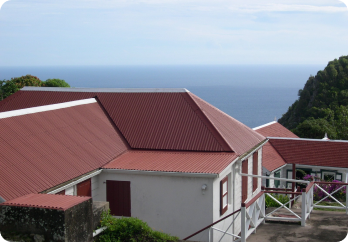Sustainability has become a focal point in the construction industry over the past decade. This trend is not just a nod to environmental preservation, but it’s also about creating healthier, more energy-efficient spaces for occupants. Green building techniques are at the forefront of this movement, providing solutions that are both environmentally friendly and economically viable.
The concept of sustainable construction involves the use of materials and processes that are resource-efficient and environmentally responsible throughout a building’s life-cycle. This includes everything from planning and design, to construction, operation, maintenance, and eventually, demolition. Green building can reduce the overall impact on the environment by efficiently using energy, water, and other resources, while also reducing waste, pollution, and environmental degradation.
One of the most popular trends in sustainable construction is the use of recycled and locally sourced materials. These materials not only reduce waste but also decrease transportation costs and emissions. For instance, reclaimed wood, recycled metal, and recycled concrete are all excellent examples of this trend. Moreover, utilizing locally sourced materials supports local businesses and reduces the carbon footprint of transportation.
Another trend in green building is the focus on energy efficiency. This involves the incorporation of features like solar panels, energy-efficient appliances, and advanced insulation techniques. These components not only reduce a building’s energy consumption but also save money in the long run. Installing solar panels, for instance, allows buildings to generate their own electricity, thereby reducing dependence on fossil fuels.
Water conservation is cost-effective also a key aspect of sustainable construction. This can be achieved through the installation of water-efficient appliances and fixtures, like low-flow toilets and faucets, as well as the use of rainwater harvesting systems. Additionally, greywater recycling, which involves reusing water from sinks, showers, and washing machines for irrigation or flushing toilets, is becoming increasingly popular.
In conclusion, sustainable long-lasting construction is more than just a trend; it’s a necessity for our planet’s future. The construction industry plays a pivotal role in this transition, as it has the potential to significantly reduce the environmental impact of buildings. By incorporating eco-friendly practices into construction projects, we can create structures that are not only beneficial for the environment but also for the people who live and work in them. The future of construction lies in green building techniques, and the shift towards sustainability is already underway.
.
For more details, check best chimney restoration and rebuild services or visit their business listing here.



